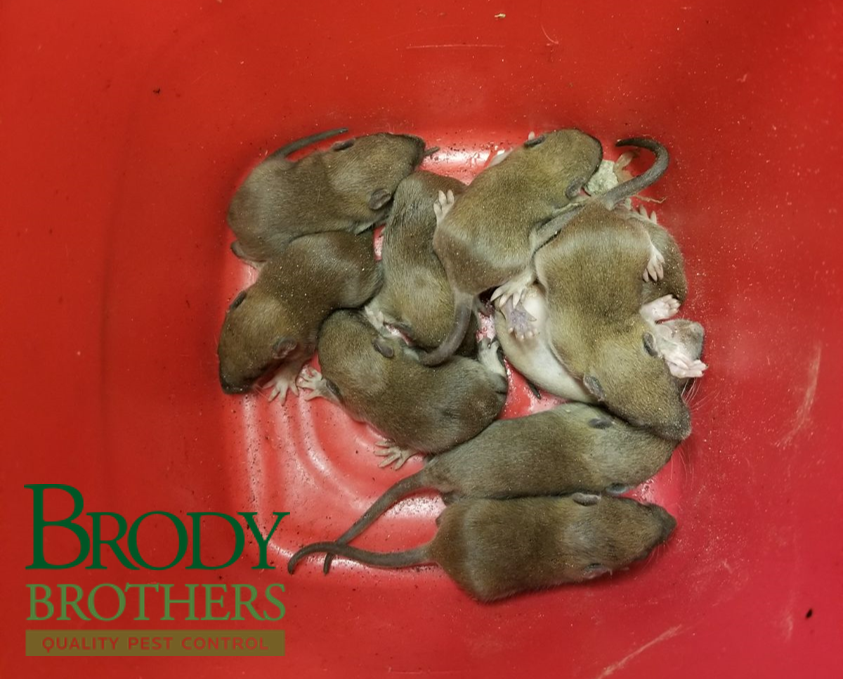Any homeowner or business owner who has dealt with the aftermath of an infestation of mice can tell you one thing—two mice can turn into twenty mice in the blink of an eye. Since these four-legged rodents hitched a ride on Viking ships in the 10th and 11th centuries, mice have been bothering homeowners and transmitting dangerous diseases.
The Journey of the Mouse to America
Mice are very opportunistic, and one of many pests throughout history that have taken rides to new countries on ships. One recent study published in BMC Evolutionary Biology found that Norwegian Vikings accidentally transported mice during their conquests. When they examined the settlement history of humans over the past 1,000 years, researchers were able to directly correlate the genetic sequence of mouse mitochondrial DNA with each settlement. If the spread of mice throughout multiple countries isn’t impressive, one just needs to take a look at how quickly mice currently multiply in buildings.
Just How Fast Can Mice Reproduce?
One new experiment, conducted by Helen Nathan of the University of Auckland, tried to identify how long it takes mice to take over a new land. The researchers took 2 mice, one male and one female, and put them on Saddle Island, an island without a rodent population just offshore of mainland New Zealand. The goal of the experiment was to see whether or not the mice could create a new population on the island and how long establishing a population would take. Instead of having a small family and gradually growing over the years, these 2 mice took only 5 months to colonize the entire island. What really stands out about this study is that the male and female rats were placed on opposite ends of the island, about a quarter of a mile apart. This rapid growth shows not only how rapidly mice can multiply but also how serious of a threat pests can be to new countries and lands.
The house mouse has the dubious honor of being one of the most successful mammalian invasive species in the world, and much of that is directly due to their reproductive abilities. Litters of 5-6 mice are born about 20 days after mating, and within 2 weeks the baby mice are covered in hair. These baby mice become sexually mature adults within 6-10 weeks of birth when they will go on to have their own litters. Female mice can have 5-10 litters over the course of the year, so populations can grow rapidly in the right conditions.
Don’t Wait to Get Help for Your Mouse Problem
If you are concerned about a mouse problem in your home, you shouldn’t wait to get it taken care of. Instead, you should call Brody Brothers Pest Control as quickly as possible before 2 mice become 20. To get started with Baltimore or Montgomery County rodent control services, contact us online or call (410) 653-2121 (Baltimore region) or (301) 637-0178 (Montgomery County).


